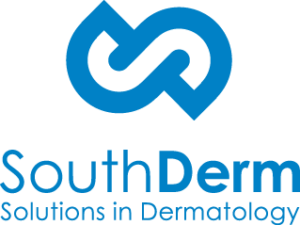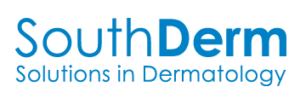Treatment of Scarring
Several techniques are available to reduce the appearance of scarring, including:
- Laser skin resurfacing using the ProFractional Laser: this technique can provide good results for acne scarring. The laser makes thousands of tiny microscopic channels in the skin, causing the skin to regenerate new cells in a very even pattern, so that the scar tissue is smoothed out. The process leaves the surrounding tissue intact so that only the scar tissue is treated. Three to five treatments, over several months, are usually required. The ProFractional Laser can also be combined with other treatments including Erbium laser resurfacing, fillers and scar excision.
- Laser skin resurfacing using the Erbium Laser: this technique removes thin layers of skin over a bigger area than the ProFractional laser. It works well for larger acne scars, and also for surgical and trauma scars. It can be combined with other treatments including the ProFractional Laser, fillers and scar excision.

- Fillers: acne scars usually result in a loss a tissue volume beneath the scars, causing a hollow or indented appearance. Fillers are special materials that can be injected under the skin to build up the tissue volume again, reducing the indented areas of skin. Once the skin has been held in the correct position it starts to adapt permanently and fillers may last for several years.
- Scar excision: some types of scars are managed by careful removal of the scar and stitching of the area. The process can be combined with laser skin resurfacing to further reduce the appearance of any remaining scar tissue. Sometimes a combination of treatments is necessary. Deeper scars may be treated with skin grafts or injectable agents such as Hyaluronic Acid gels (HAs). Treatment is usually given over several months.
- All medical and skin cancer treatments are carried out in our southern Sydney, Kogarah, skin cancer and cosmetic surgery clinic.

